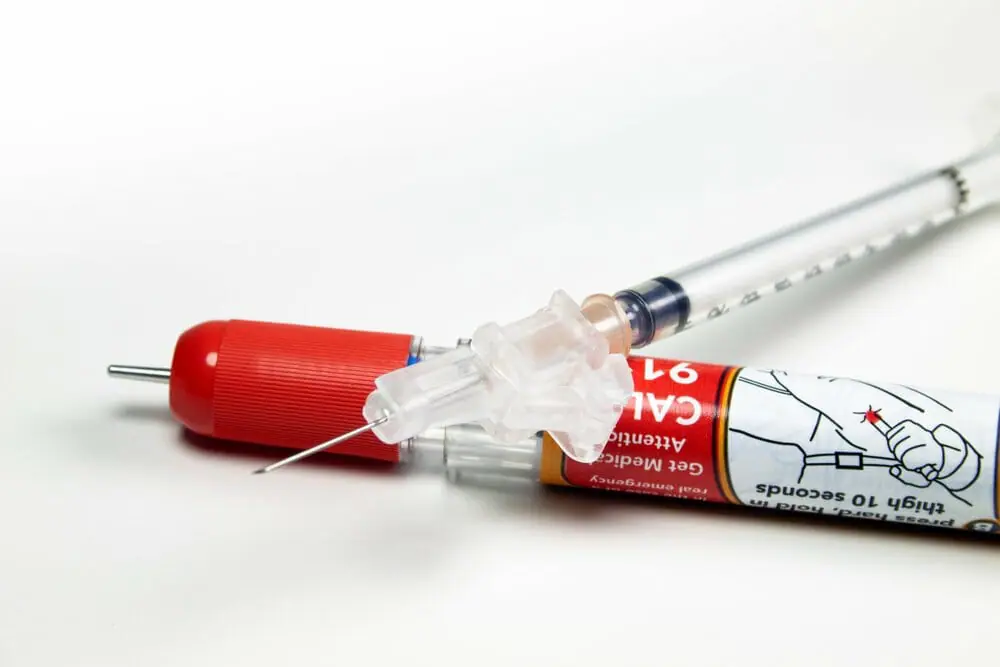Our CPR/AED courses include Adult, Child and Infant techniques. Additionally, our CPR certification course includes training on the use of an Automated External Defibrillator (AED). The CPR/AED certification is valid for 2 years.
When a person has an allergy, he or she experiences an immune response to a substance that is usually not harmful. An allergy emergency may occur if a person is exposed to this allergen. An allergic reaction may become severe if not treated in a timely manner.
People may be allergic to a variety of different things such as:
Animals (i.e., cats, dogs)
Ant bites
Bee stings
Chocolate
Eggs
Medication (i.e., penicillin)
Peanuts
Pollen, dust, mold
Specific plants / chemicals in plants
Wasp stings
Itchy skin
Nausea, vomiting, diarrhea (stomach pain)
Rash, hives, redness
Signs of shock
Stuffy nose, sneezing
Swelling of the tongue and face
Troubled breathing
Anaphylaxis:
This is a severe, life-threatening allergic reaction. It occurs suddenly, and within seconds or minutes after contact with the allergen.
A reaction of troubled breathing can cause obstructions in the airway and even lead to shock. Anaphylaxis requires immediate medical treatment, including the epinephrine injection and a trip to the hospital.


American CPR Care Association provides training in online CPR certification, AED training and Standard First Aid for lay-responders and Healthcare Providers.
American CPR Care Association is rated 4.7 out of 5 based on 48,237 ratings.
All content Copyright 2024 © – American CPR Care Association. All rights reserved.